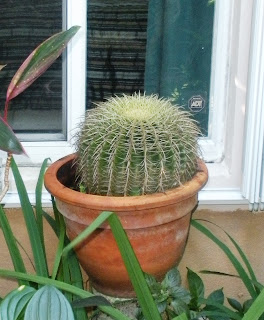
Just a tad south of the hustle and bustle of downtown Fort Lauderdale off Andrews Avenue there is a gem of a restaurant with a fantastic edible garden. This hidden gem is called Church Side 11th Street Annex, located next to Trinity Church and Trinity Churchside Garden.
When Jonny Altobell and Penny Sanfilppo created their restaurant 11th street annex, one requirement of their front entryway garden was that they wanted something special. “Everything to be medicinal, edible or smell good.” According to Penny. Luckily, her boyfriend happens to be the noted BCC plant guru, and nursery owner David McLean.

There are many very interesting unusual trees in the garden. There is large tree called the strawberry tree, which hails from SE Asia. There is a cinnamon tree. The cinnamon comes from the bark. There is a mulberry tree, a line berry tree and a mango tree. A large bay rum tree and lime berry tree rise up within the garden.

Naturally there are plenty of fresh grown herbs. There are some unusual plants also, notably the Chinese Fisheye Jasmine. There is a tree called lolate, in the piper family. The leaves are similar to grape leaves and they can be stuffed and eaten.
































































